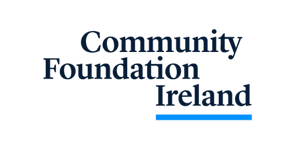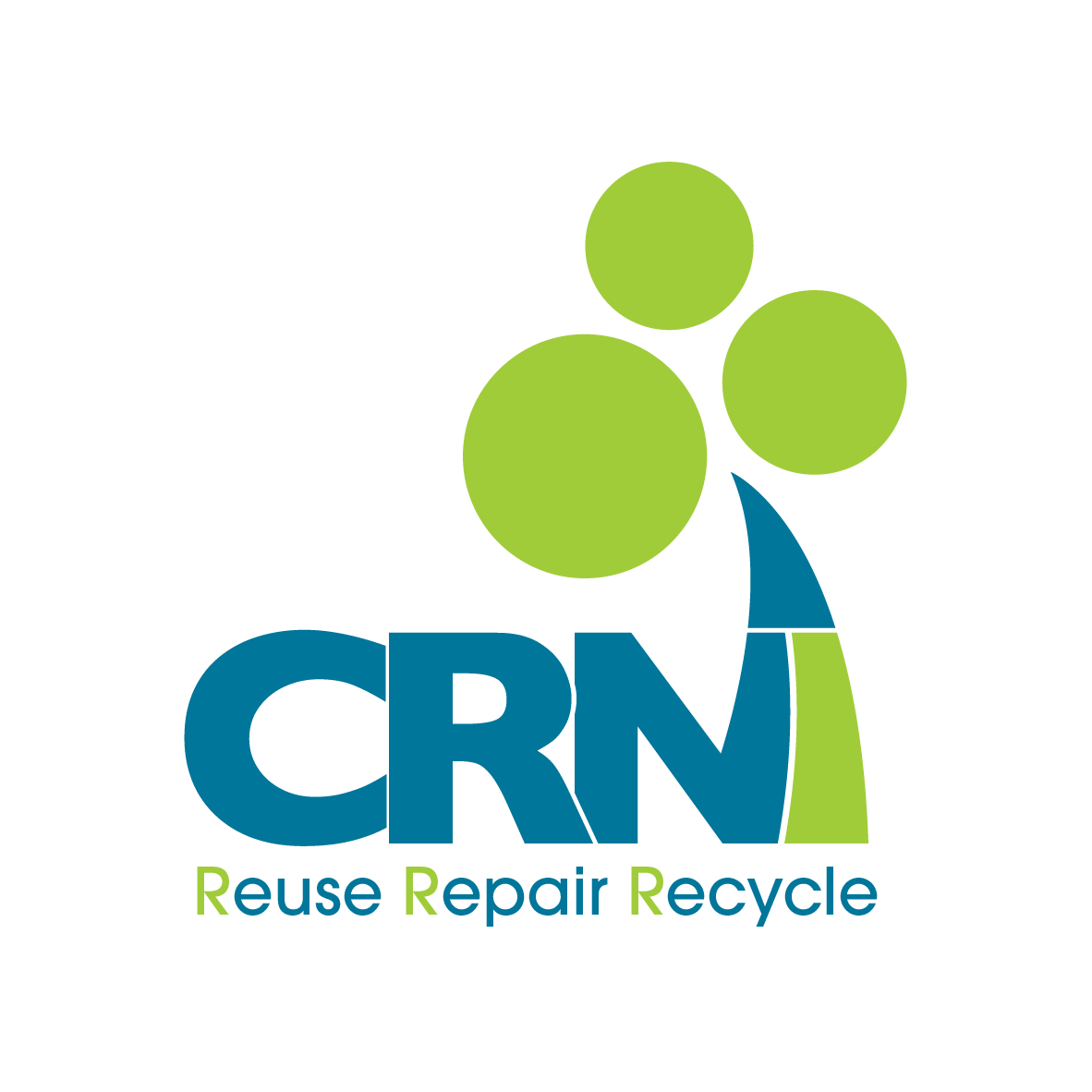
Circular Economy
Reuse and recycling are at the heart of the Circular Economy, the European strategy aimed at maintaining the value of products, materials and resources within the economy for as long as possible, and to minimise the generation of waste. It is an opportunity to do more with less, better use available resources and reduce waste in the first place while promoting new forms of employment and tackling inequality.
Reuse and recycling contribute to this vision by extending the lifespan of products and materials respectively. By 2030 the European Commission expects reuse, recycling and other measures to save the European economy €600 billion per year. According to environmental services company Veolia, adopting a circular economy could create €1.65 billion of GDP in Ireland.


Reuse
Reuse ensures that goods – like clothing, appliances or furniture – stay in our economy for as long as possible. It includes trading or swapping (e.g. in charity shops, second hand stores or online), repairing, borrowing, leasing and upcycling. For example, if you buy a second hand bicycle or repair your laptop instead of throwing it away, you are reusing.
Reuse is the preferred environmental option for managing our resources because it prevents a product from becoming waste and reduces demand for new products. About 40% of a country’s greenhouse gas emissions are associated with the manufacture and distribution of products, so by reusing more we can reduce our climate impact.
Nearly all of the reuse activity in Ireland is considered to be on the waste prevention tier of the waste hierarchy. Preparation for reuse, on the second tier of the hierarchy, only takes place if something is discarded and therefore is considered to be a waste.
CRNI members are involved in reuse by facilitating the exchange of goods for reuse (online or in retail stores) and by refurbishing or upcycling IT equipment, furniture, textiles, bicycles and much more.
Recycling
Recycling ensures that the material in products – such as paper, plastic or aluminium – is circulated in our economy for longer. This means that new materials do not have to be extracted from natural resources in order to replace them and the material is prevented from going for recovery or disposal.
CRNI members are involved in recycling materials that cannot otherwise be reused, including mattresses, electrical and electronic goods, textiles, paper and card.

Sustainable Development Goals (SDGs)
The 2030 Agenda for Sustainable Development was adopted by all United Nations Member States in 2015 to provide a common approach for peace and prosperity for people and the planet. The 17 Sustainable Development Goals (SDGs) are at the core of the agenda and include strategies to tackle climate change, preserve oceans and forests, improve health and education, end poverty, reduce inequality, spur economic growth, and more.
CRNI member activities contribute to SDGs 8 (Decent Work and Economic Growth), SDG 12 (Responsible Consumption and Production) and SDG 13 (Climate Action).
Sign up to our quarterly newsletter for more information on reuse and recycling and be part of Ireland’s only reuse and recycling network. For information about our privacy practices, see here.
Our funders

Department of Climate, Energy and the Environment
CRNI receives core and operational funding through the Department of Climate, Energy and the Environment.
For more information, check out their website.

Community Foundation Ireland
CRNI receives operational funding through Community Foundation Ireland
For more information, check out their website.
Project Funding

Green + Social Virtual Trade Fair
CRNI’s Green + Social Virtual Trade Fair is funded by Ireland’s Regional Waste Management Plan Offices. This innovative virtual platform is open 24/7 and gives visitors the opportunity to explore green and social procurement opportunities provided by reuse, repair and recycling social enterprises and community-based organisations across Ireland.
Access the Green + Social Virtual Trade Fair here.

CRNI is the all island representative body for community based reuse, recycling and waste prevention organisations. We are funded by the EPA under the National Waste Prevention Programme and through membership contributions. CRNI is a proud member of the European RREUSE network.
Company Limited by Guarantee. Registered in Ireland No. 493039
Registered Charity No. 20077259
CHY No.19637
Latest Posts
- Come work for us! CRNI Network Manager November 7, 2024
- The Future LOOP: CRNI member conference 2024 October 31, 2024
- CRNI Member News Round Up: August #2 August 30, 2024
- Reflections from our residency: The Tara Building supporting CRNI August 16, 2024
Useful links
Contact Us
Community Resources Network CLG
Registered office:
The Tara Building11-15 Tara Street
Dublin 2
D02 RY83
Phone: +353 87 173 5184
Email: [email protected]
© Community Resources Network Ireland. All Rights Reserved.